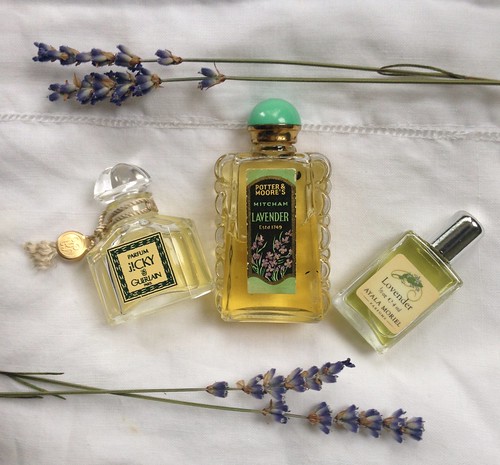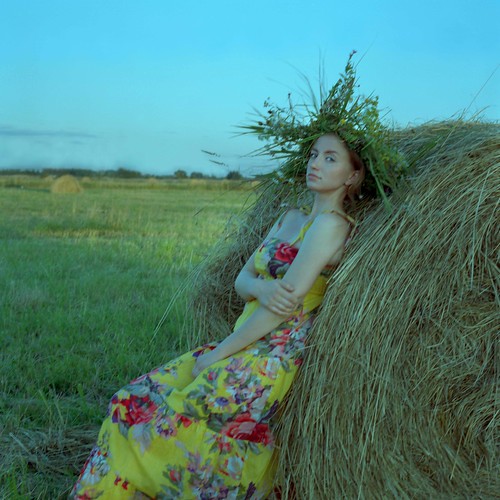Fougère Online Perfumery Course - Registration Opens for Spring 2021
Sign up now for the Spring 2021 Fougère Online Perfumery Course - and save over $450! Early bird discount effective January 30th.
We've began learning via correspondence in the spring of 2020, shortly after the first lock-down - and will offer this course again as soon as the Citrus course is finished. This will enable students who completed Citrus & Colognes to move on straight into the next level!
This new format of the Fougère course combines a few platforms and support systems for your study, to accompany your individual lab work at home:
- 12 weekly masterclasses via Zoom (taking place each Tuesday, from 4-5:30pm Israel time (GMT+2)
- Study & support group for students via Zoom
- Essence kits for students who can't source the oils easily in their country
- Fougère Companion Fragrances Sampler Kit so you can get a chance to smell some classic natural perfumes from this genre without needing to break lockdown & quarantine laws
- Written course materials that are sent to you electronically
Regular price: $900 USD. Now offered for only $449!
Featured Workshop: Lavender Grooming Products
Sign up now for Fougère and save $551USD in tuition fees! >>
We've began learning via correspondence in the spring of 2020, shortly after the first lock-down - and will offer this course again as soon as the Citrus course is finished. This will enable students who completed Citrus & Colognes to move on straight into the next level!
This new format of the Fougère course combines a few platforms and support systems for your study, to accompany your individual lab work at home:
- 12 weekly masterclasses via Zoom (taking place each Tuesday, from 4-5:30pm Israel time (GMT+2)
- Study & support group for students via Zoom
- Essence kits for students who can't source the oils easily in their country
- Fougère Companion Fragrances Sampler Kit so you can get a chance to smell some classic natural perfumes from this genre without needing to break lockdown & quarantine laws
- Written course materials that are sent to you electronically
Regular price: $900 USD. Now offered for only $449!
Featured Workshop: Lavender Grooming Products
Sign up now for Fougère and save $551USD in tuition fees! >>
















